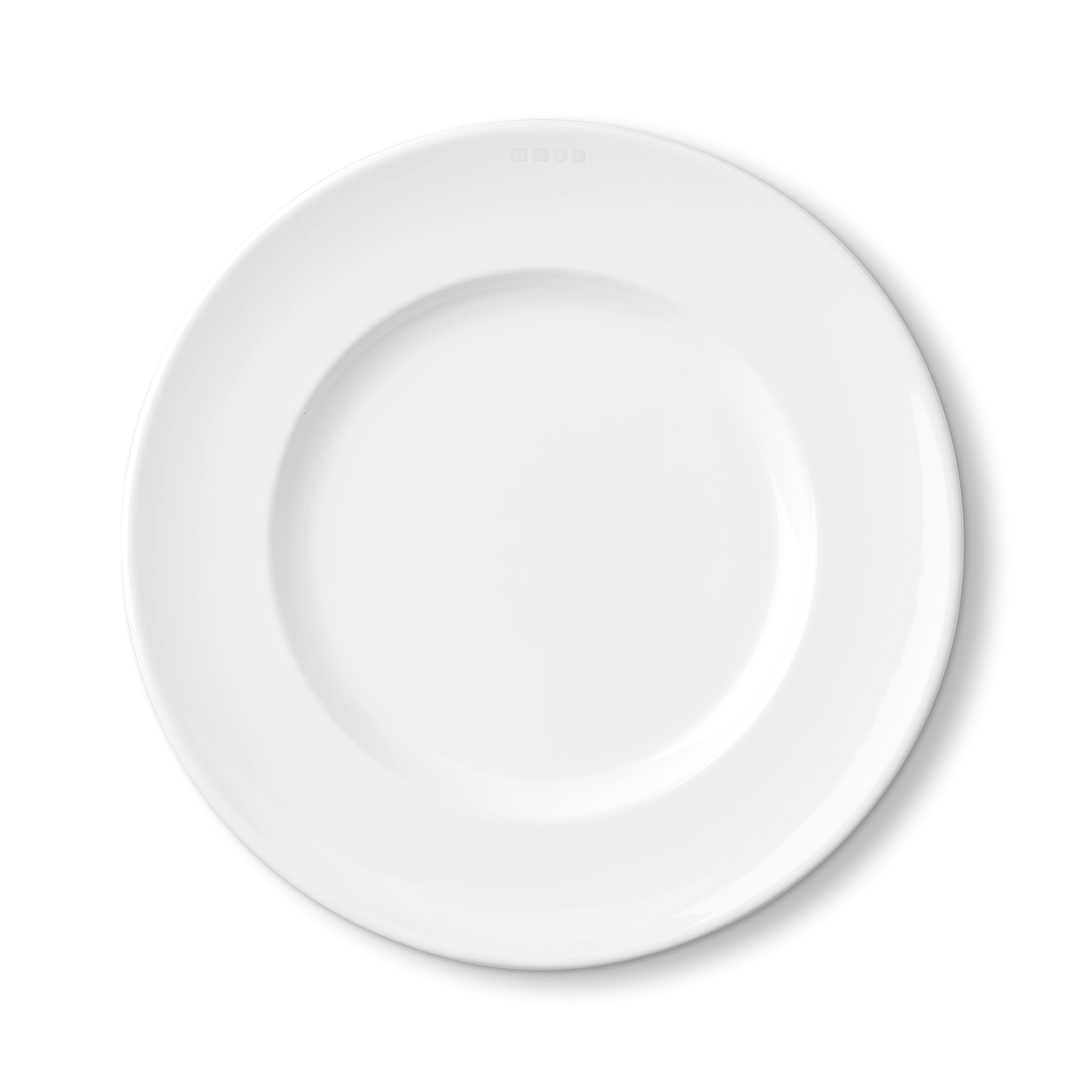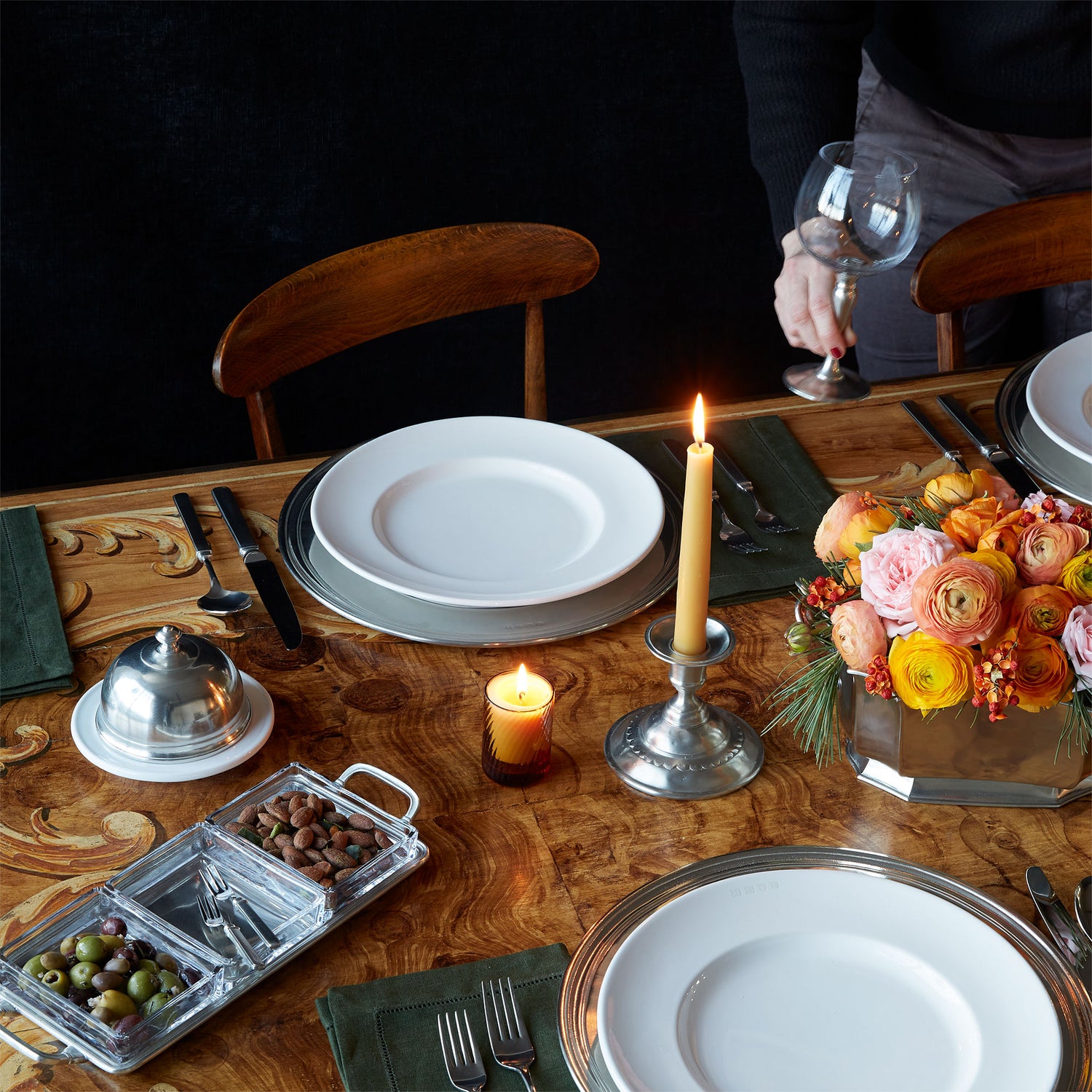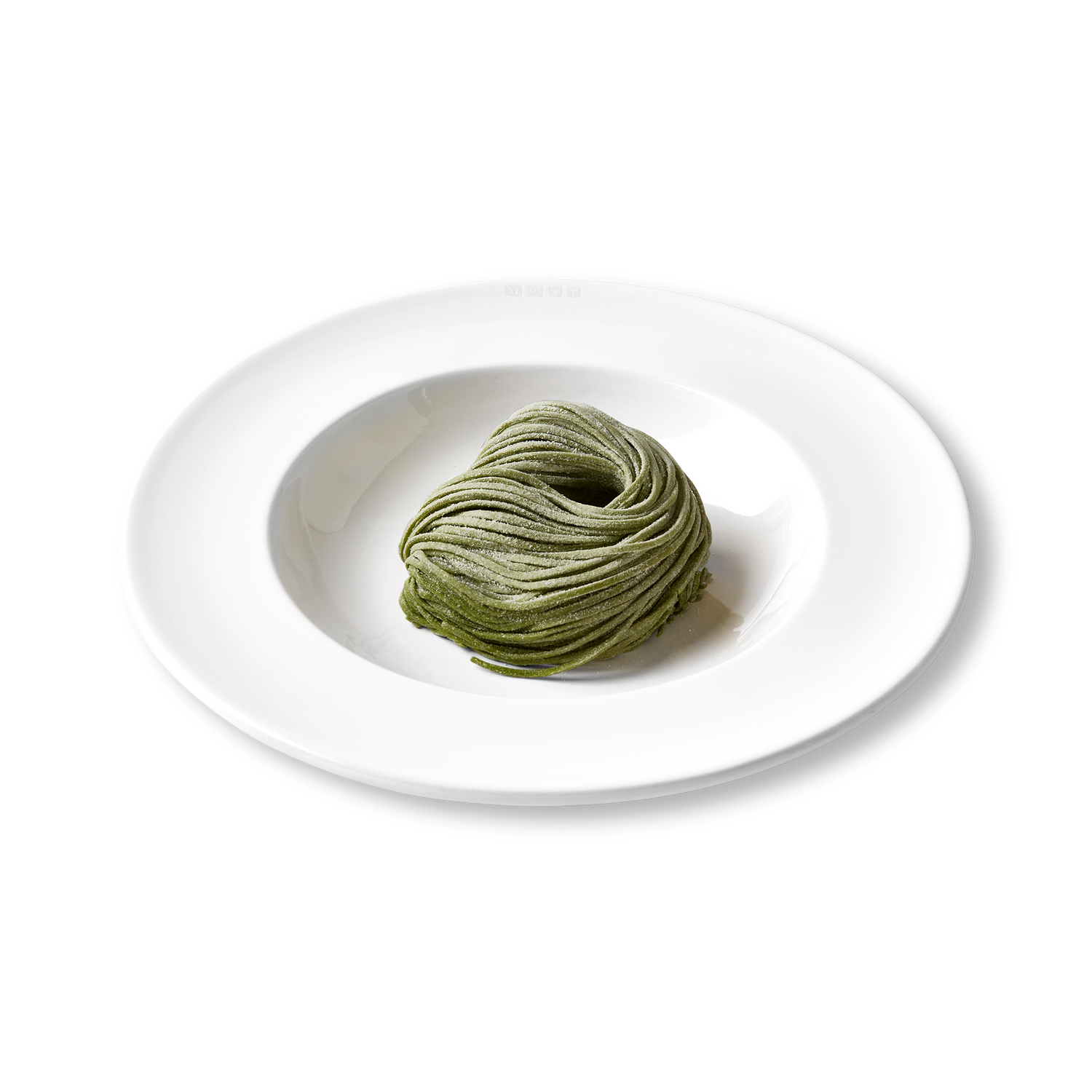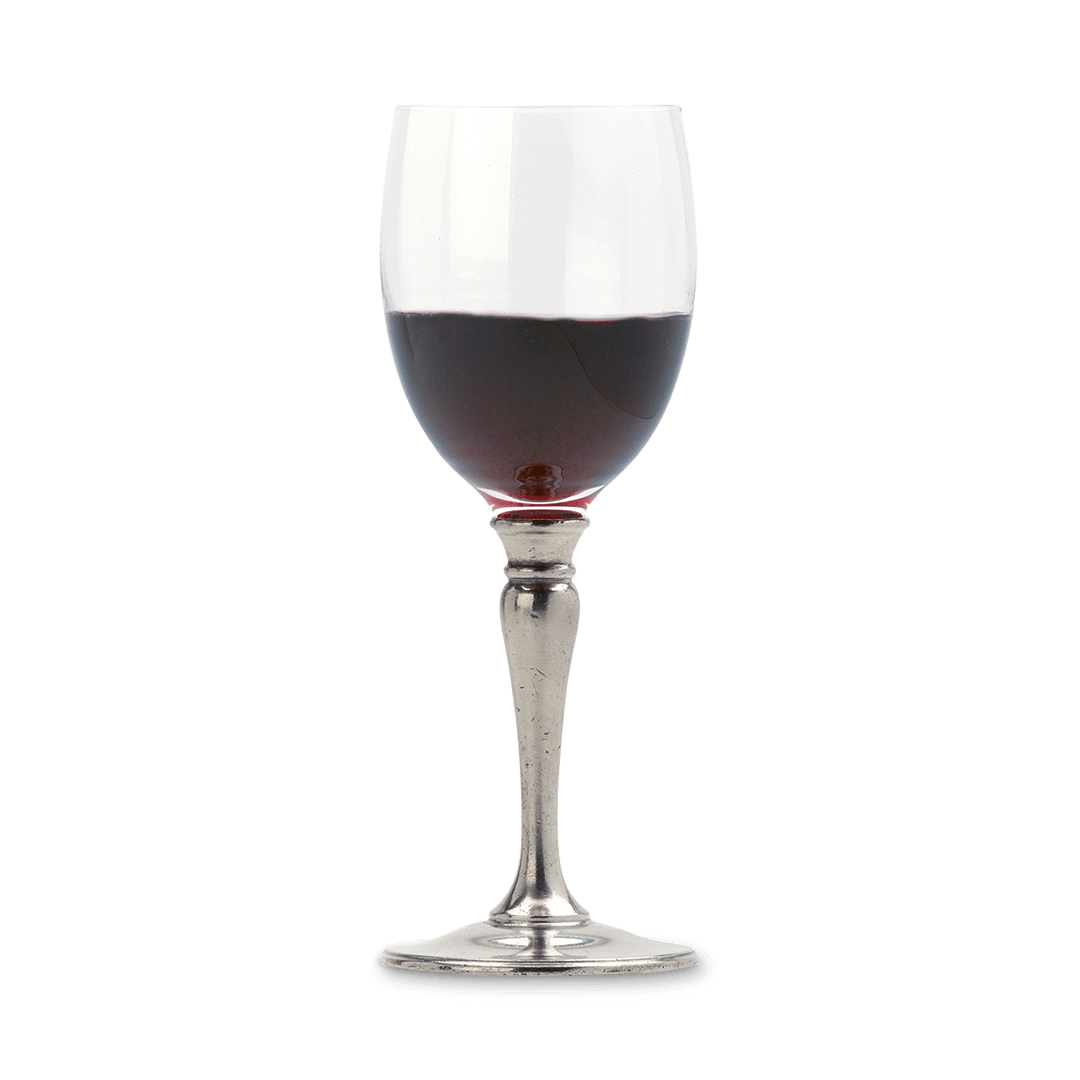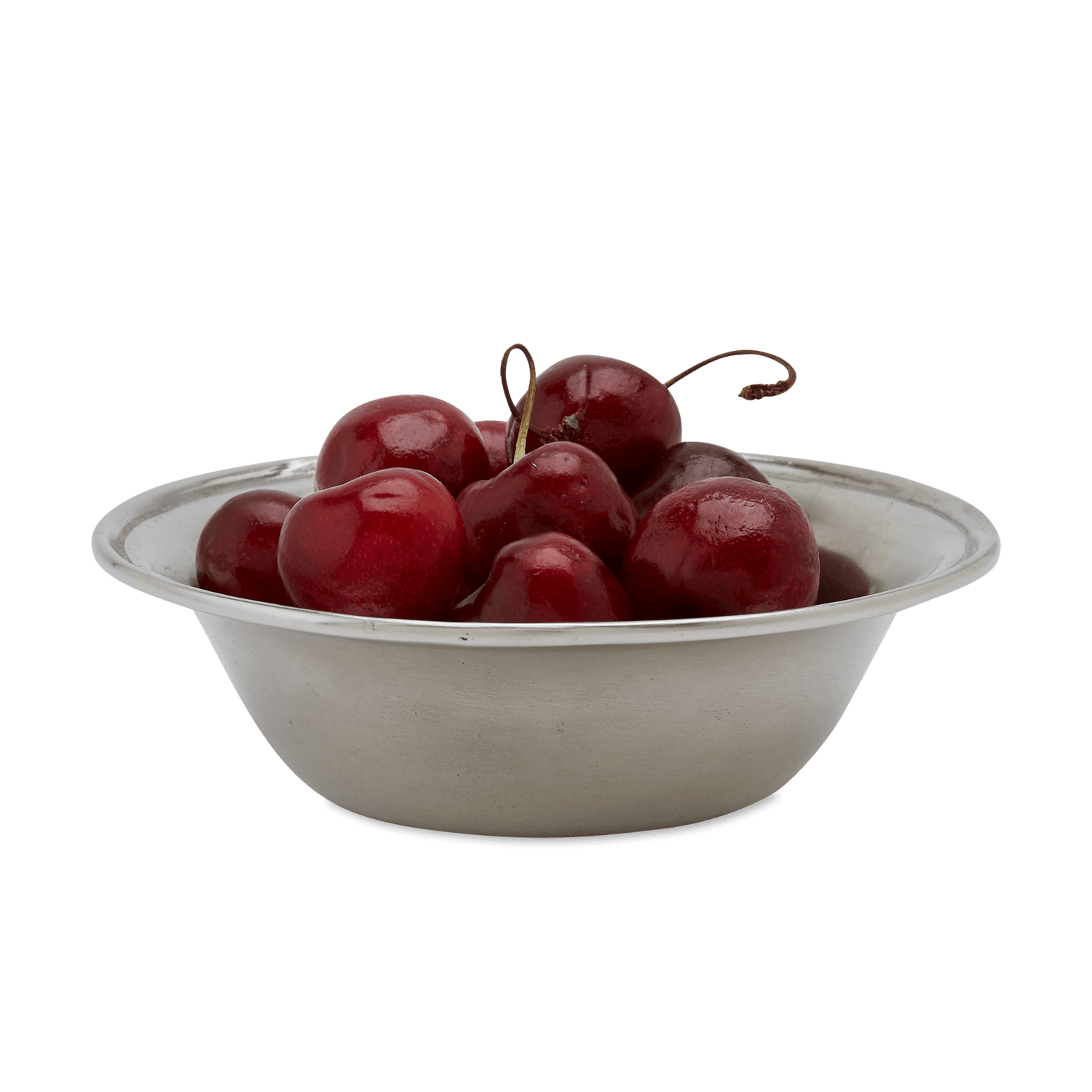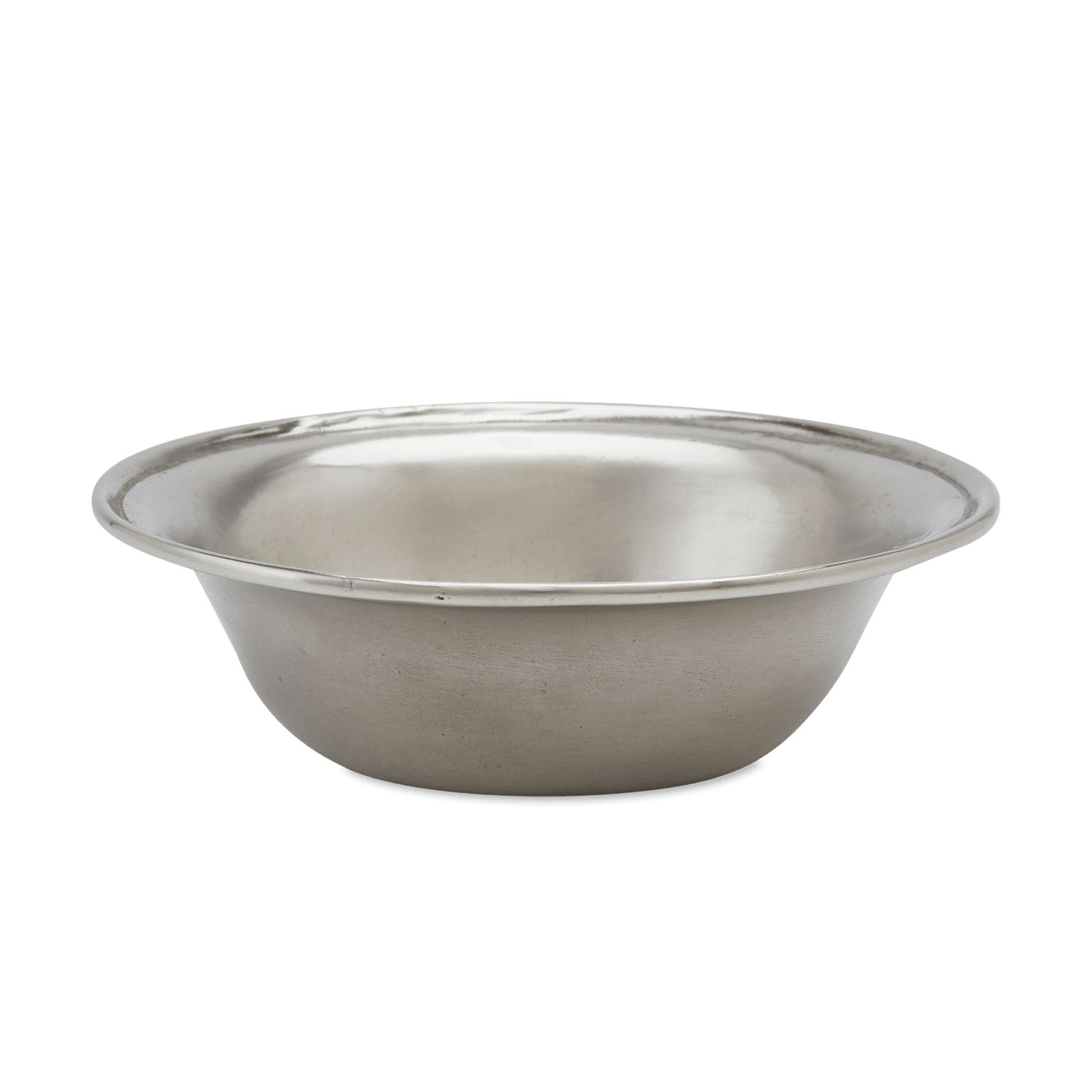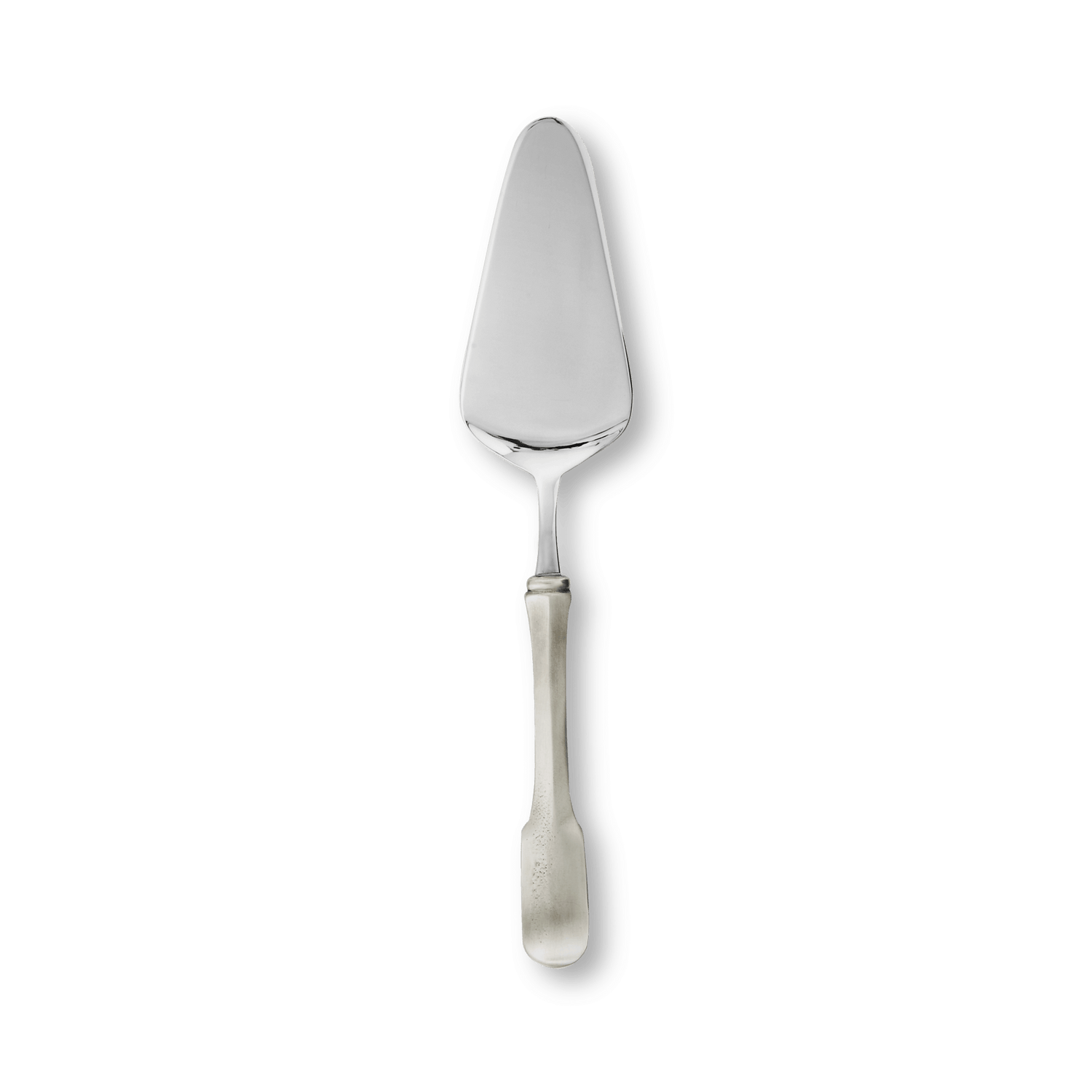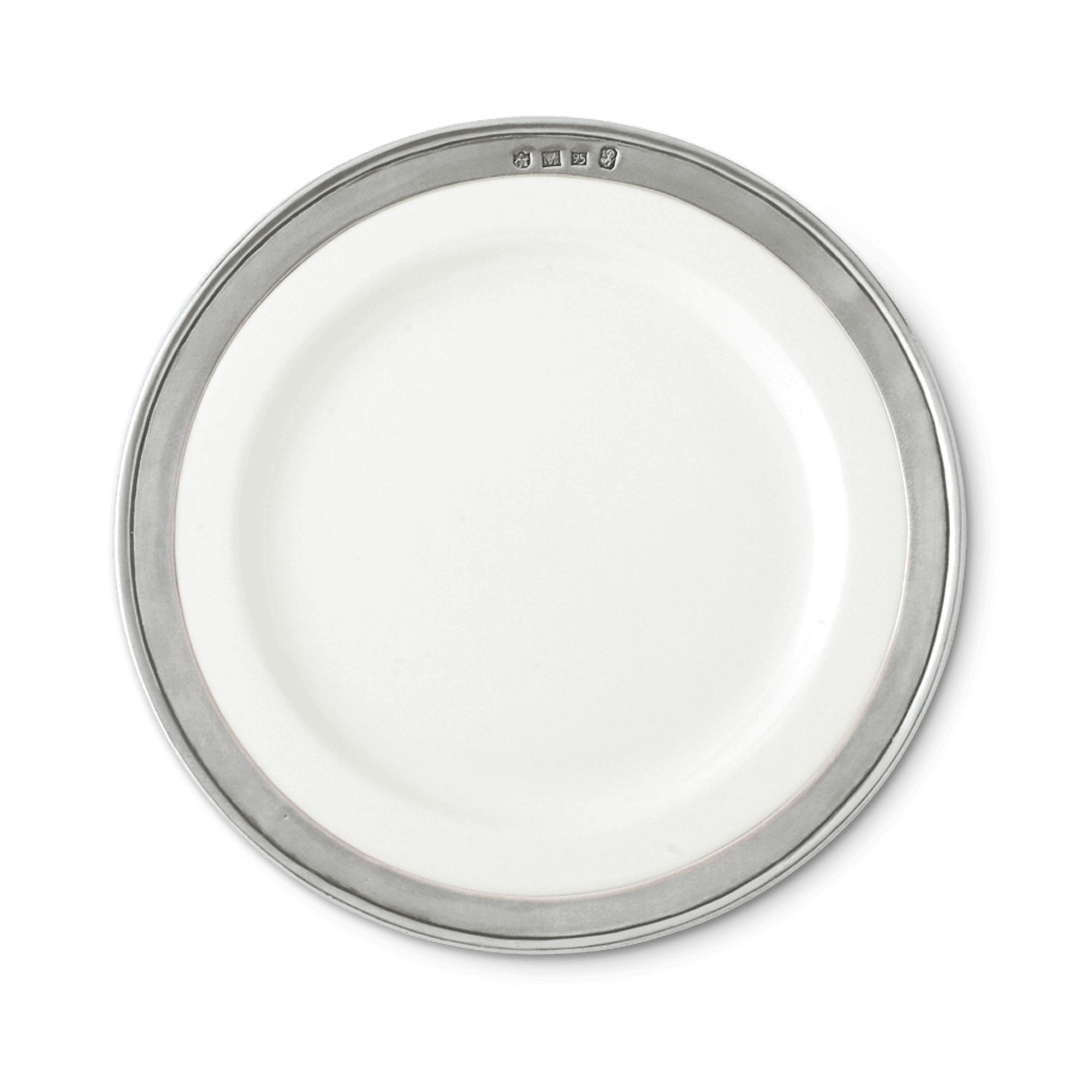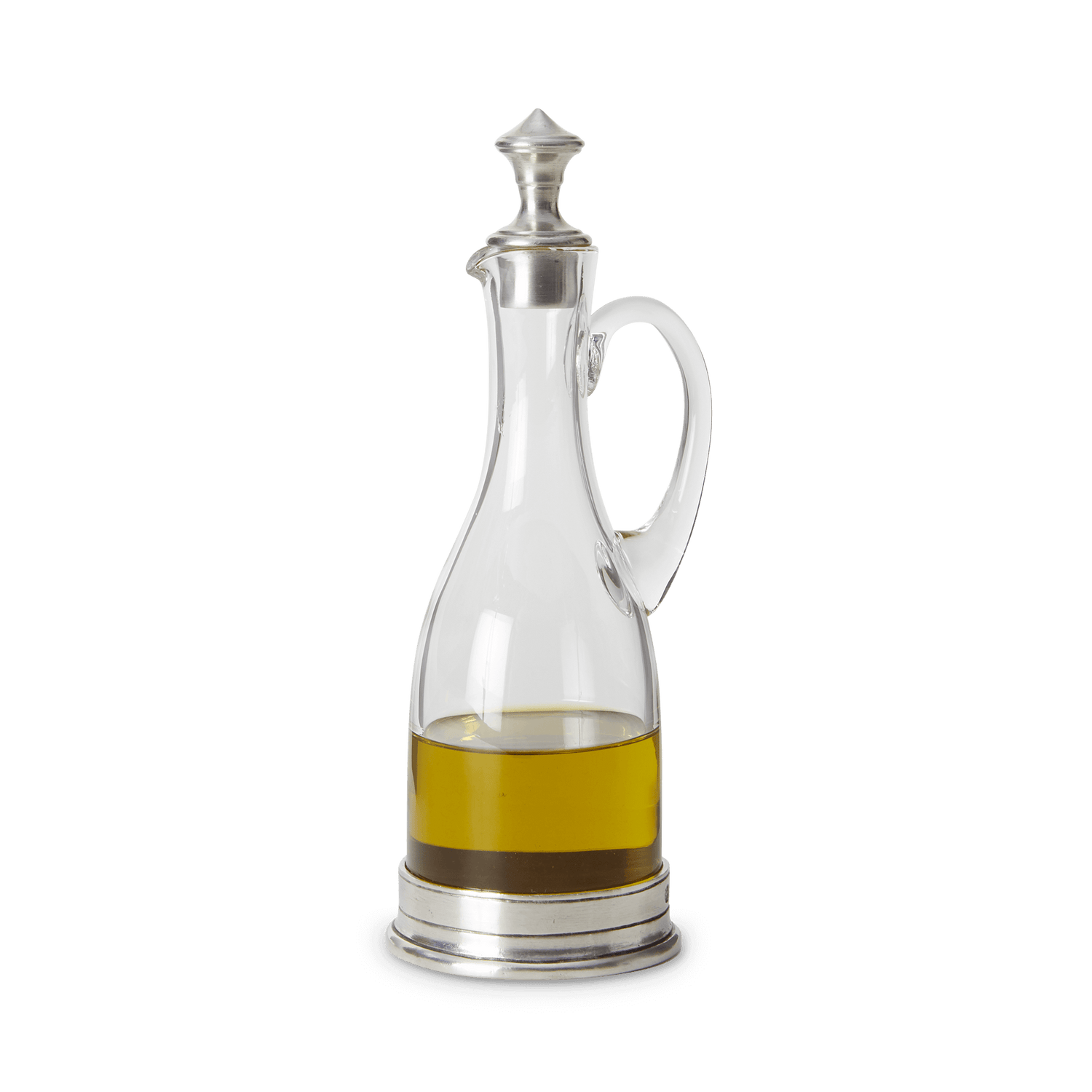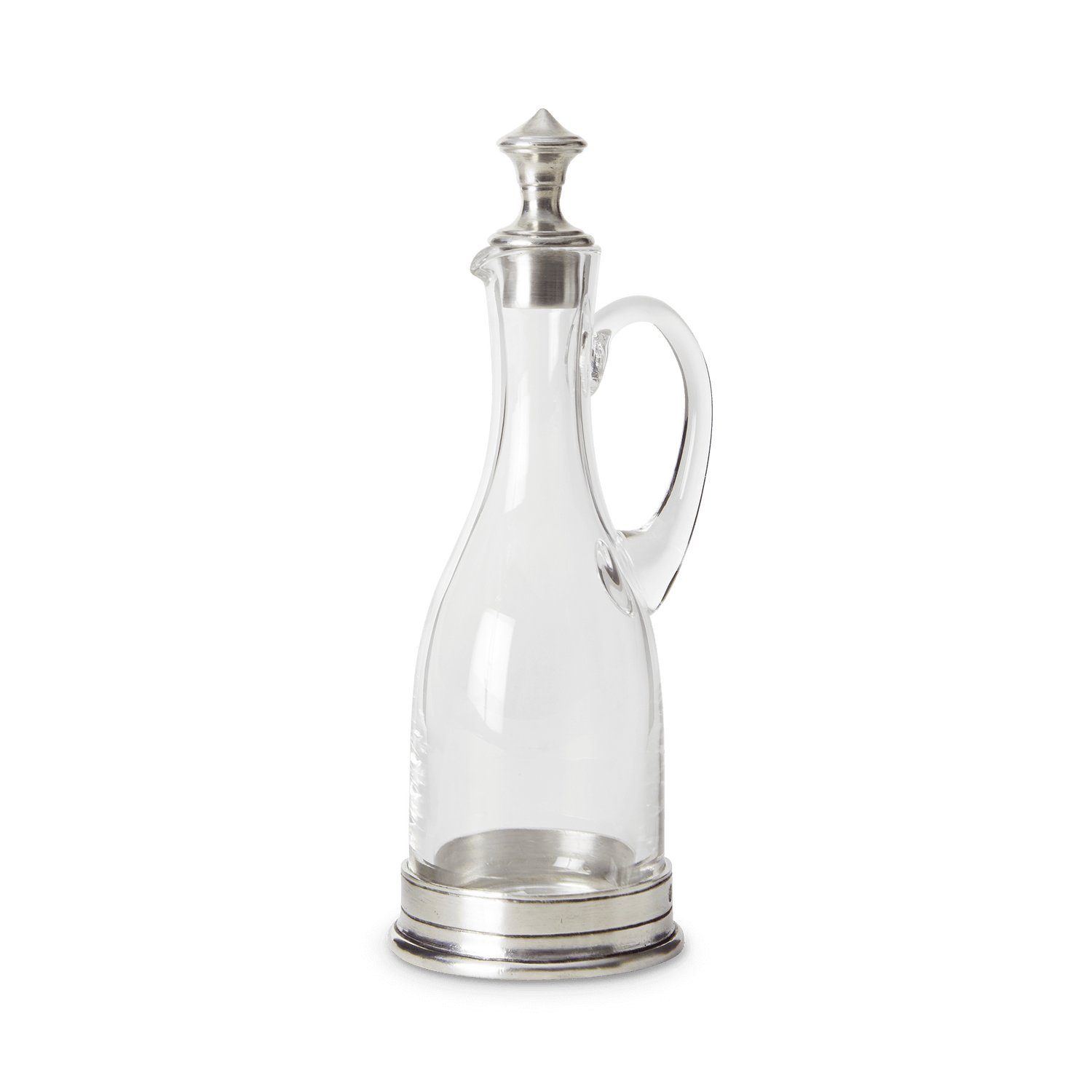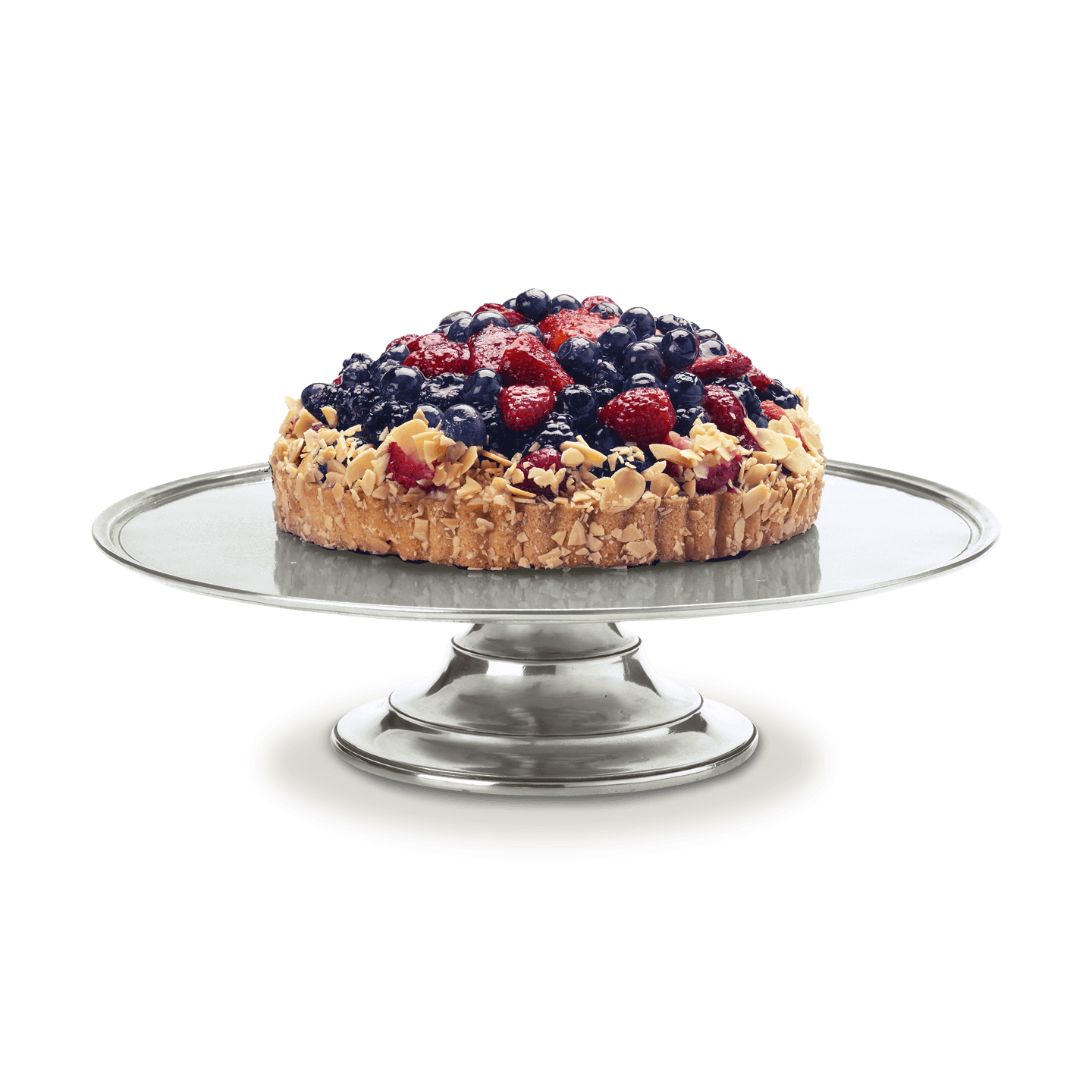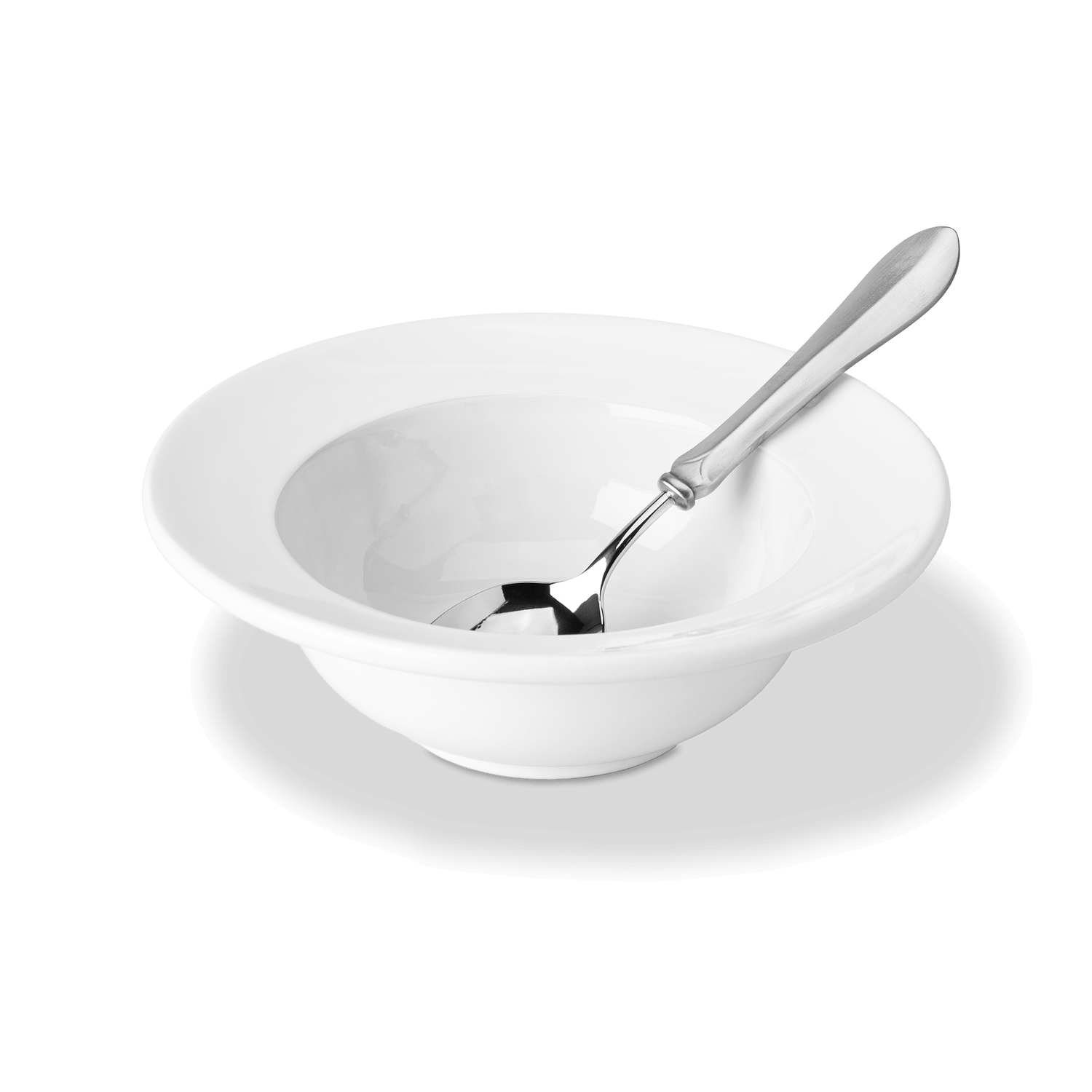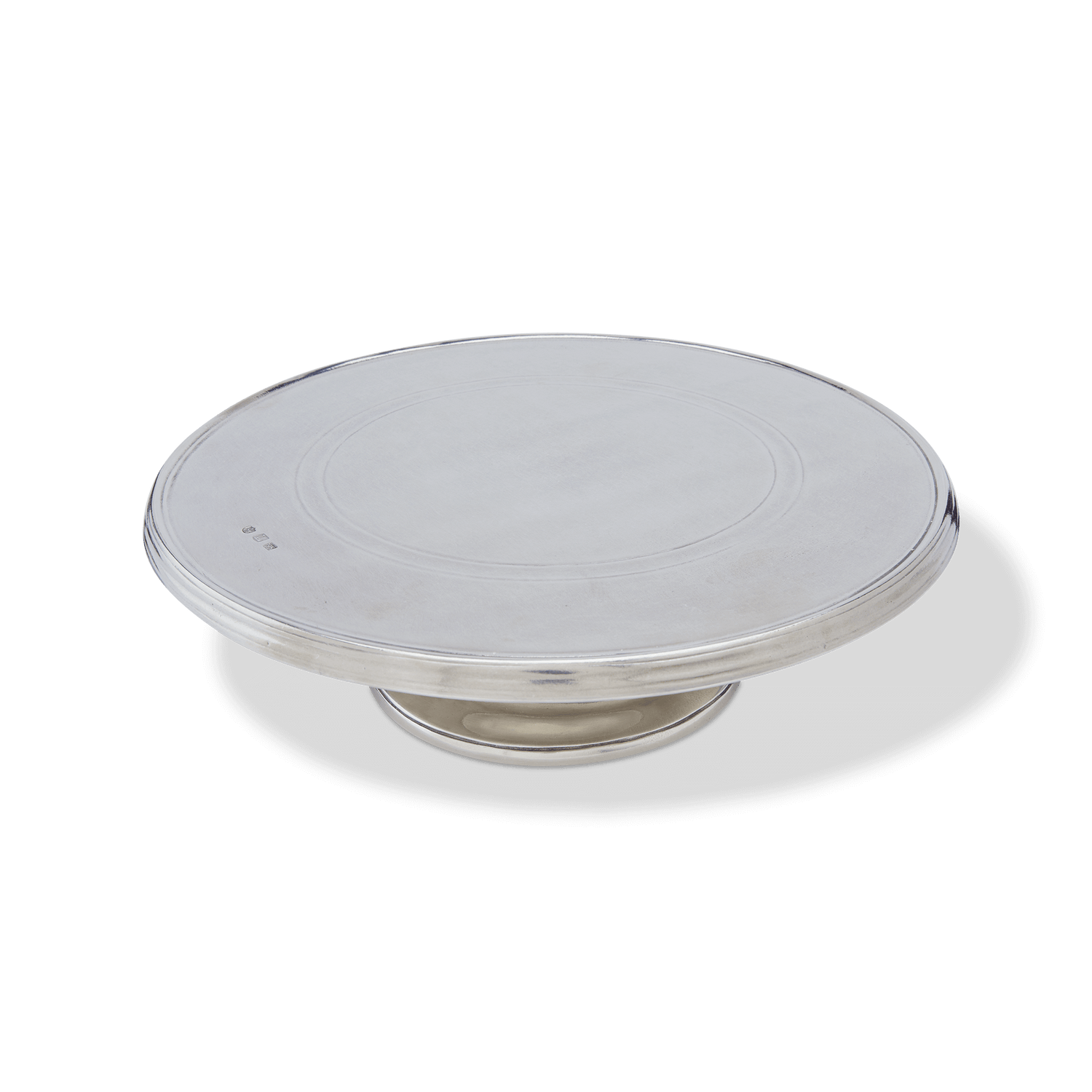There’s something truly special about making fresh pasta. While it’s not part of my everyday routine, when I want to celebrate or treat my family, I always turn to pappardelle made with our fresh eggs. It’s a pasta that embraces any sauce beautifully, wrapping itself around each bite.
Now, as the days grow shorter and cooler, I’ve picked two gorgeous bunches of Lacinato kale — our beloved Tuscan cavolo nero — to create a seasonal, hearty dressing. The earthy bitterness of the kale is tamed by crisp guanciale and savory pecorino romano. If guanciale, the salt-cured pork jowl, is hard to find, pancetta makes an excellent substitute.
Ingredients (serves 4)
For the fresh pasta
- 200 grams all-purpose flour (or farina 0)
- 100 grams semolina flour, plus more for rolling
- 3 large eggs
For the topping
- 1 large bunch of Lacinato kale, about 450 grams/1lb
- 80 grams guanciale, or pancetta, diced
- 2 cloves garlic
- 2 tablespoons extra virgin olive oil
- 80 grams grated Pecorino Romano
- Fine sea salt
Directions
Make the fresh pasta
Pour the two flours on a wooden working surface and shape them into a mound with a large well in the center. Crack in the eggs then, using a fork, stir slowly, starting from the center and gradually picking up more flour from the edges, whisking as if you are beating eggs for an omelet. When the dough turns crumbly, switch to kneading with your hands.
Continue kneading the ball of dough until the gluten starts to develop, as this will render the
sheets of pasta more elastic. When the ball of dough is smooth, silky, and no longer sticky, cover with a bowl, and let rest for 30 minutes at room temperature.
Roll out the pappardelle
After resting, roll the dough into large, thin sheets. You can use a rolling pin or pasta machine, but the key is to keep flipping and rolling until the dough is paper-thin.
Let the pasta sheets dry on a wooden surface dusted with semolina for about 20 minutes. Then, loosely roll up the sheets and cut into wide, 3 cm (1 inch) strips to create your pappardelle. Toss gently with semolina and let them rest while you prepare the topping.
Prepare the topping
Remove the tough stems from the kale by holding the base of the stem with one hand and stripping the leaves off with the other. Rinse the leaves thoroughly and boil in a big pot of salted boiling water for about 15 minutes, until soft. Remove the cooked kale from the pot with kitchen tongs, keeping the water to cook the pasta afterwards.
Drain the cavolo nero, squeeze out all the moisture, then chop it finely. Set it aside.
In a large pan, collect the olive oil, garlic, and guanciale, and cook on medium flame until
the guanciale is golden and has released all its tasty fat. Add the cooked and chopped kale into the pan and sautée for about 10 minutes, until flavorful and glistening with oil.
Assemble the dish
Bring the reserved cavolo nero water back to a boil and cook the pappardelle for a couple
of minutes, drain them and toss them with the prepared kale and guanciale. Sprinkle generously with grated Pecorino Romano and serve immediately.

